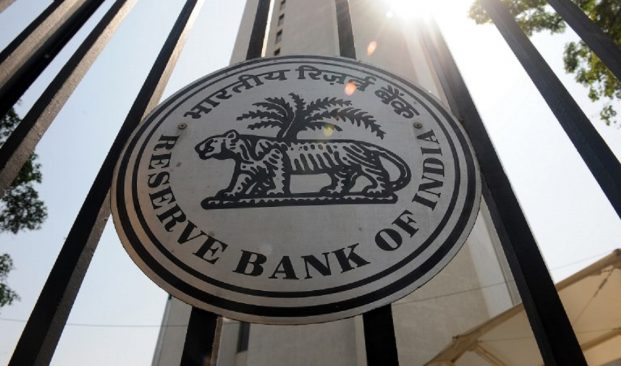(AF) India’s central bank flagged the growing disconnect between exuberant equity markets and real economic activity, joining investment banks including Goldman Sachs and Morgan Stanley to caution over sky-high valuations.
The Reserve Bank of India warned in its Monthly Bulletin about ”stretched valuations” and said foreign portfolio investors turned net sellers in the domestic equity market in October. Price-to-book value, price-to-earnings, and market capitalization to GDPs ratios are all above historical averages, it said. The yield gap, which is the difference between the 10-year government bond yield and the benchmark BSE Sensex’s 12-month forward earnings yield, is also widening at 2.47%, far outstripping its historical long-term average of 1.65%, it said.
“The spectacular gains have raised concerns over overstretched valuations with a number of global financial service firms turning cautious on Indian equities,” the central bank said.
Investment banks including Goldman Sachs, Morgan Stanley, Nomura, and UBS have been cautious about the prospects of Indian equities in recent weeks, citing downside risks to investor returns due to stretched valuations and potential inflationary pressures.
Indian equities are living “on borrowed time,” CLSA said in a note on Friday. While India has been the best-performing Asian equity market so far in 2021, “rich valuations, a high probability of earnings disappointment, and a potential lack of marginal buyers add to the motivation to book profits on India,” said analyst Alexander Redman.
India ranks first among Asia regional peers on year-to-date US dollar performance, outperforming MSCI AC APAC ex Japan by 29% since January, CLSA said, adding only net energy exporting countries have outperformed it among the larger emerging economies.
So, what are the fears that are driving FPIs to book profits?
Rich Valuations
CLSA reckons, India is trading on 31.6 times cyclically adjusted earnings, versus 14.7 times for overall emerging market (EM), which is above its 18-year average of 22.6x, as investors pay more than twice the book multiple for Indian assets versus EM despite the market offering the same profitability.
With the possibility of India’s current account balance reverting to deficit, CLSA forecasts a 4% drop in the rupee’s value versus the dollar (to Rs78.5), which might constrain credit expansion and stifle long-term economic growth.
Slowing Macro Drivers.
CLSA anticipates no more US dollar gain potential for Indian equities over the next 12 months, based on broad predictions for India’s industrial production. Besides, there appears to be a shortage of marginal buyer looking into 2022, says CLSA, after substantial non-resident purchases of Indian shares in 2020, followed by persistent domestic buying driving 2021 gains.
Concerns Over Uneven Global Growth
While domestic economic indicators are improving, RBI believes that concerns about uneven global growth, rising commodity prices, supply disruptions, and fears of monetary support being withdrawn in major advanced economies due to inflationary concerns will increase the likelihood of high volatility portfolio flows in the future.
Withdrawal of RBI’s Stimulus Programme
But CLSA fears that RBI too could soon start withdrawing its stimulus programmes. On October 8, the RBI announced the suspension of its Government Securities Acquisition Program (quantitative easing), while keeping the benchmark repo rate at 4%, and limiting the use of reverse repos, which it utilised to suck in excess liquidity from the banking sector.
While these two are tell-tale signals of the RBI’s subsequent withdrawal procedure, CLSA also predicted that, with Indian inflation likely to fade to the 4 percent target by end-FY2024 (March) from a spike to 6.2 percent in March 2022, a 50-basis point interest rate hike from April 2022 looms.
Disappointing EPS Outlook
Delivering the EPS growth according to consensus estimates made a year ago will be also be difficult for a bulk of emerging countries, says CLSA. For India in particular, that will even more unlikely since, during the last 26 years, actual EPS growth has underperformed projections 83% of the time, and by a considerable 14% point on average.
Despite these worries however, the RBI also highlighted a counter-intuitive move by Indian business owners, who have increased their interest in their companies. The percentage of private promoters’ holdings in publicly traded firms climbed by roughly 50 basis points to 44.90 percent at the end of September 2021, up from 44.42 percent at the end of June 2021.
This “reflects the promoters’ confidence in their business prospects and contentment with current valuations,” RBI said.
READ MORE:
Asia Markets Rise After Wall St Record, Bitcoin Peaks Again
India IPOs Poised to Raise Almost $5 Billion This Month
























